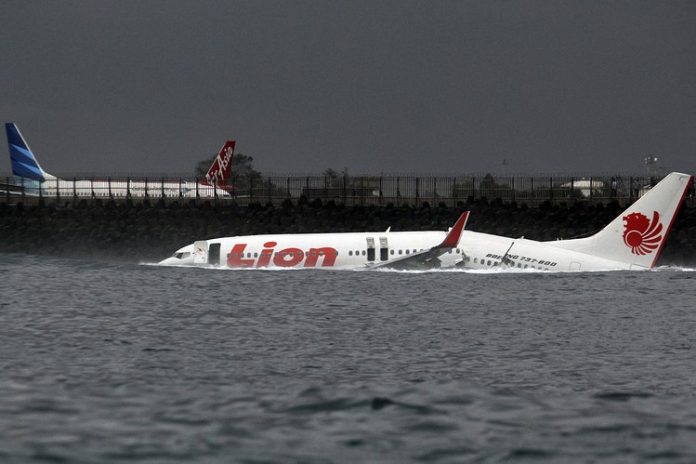A series of failures and missteps on the ground and in the cockpit resulted in the crash of a Boeing 737 Max in Indonesia last year that killed all 189 passengers and crew aboard, a new report released Friday concludes.
The Indonesian report followed another last month from U.S. federal accident investigators who concluded that Boeing and the Federal Aviation Administration underestimated how a blizzard of visual and auditory warnings would slow pilots’ ability to respond quickly enough to avert crashes.
Just five months after the Indonesian crash, the same kind of malfunction caused a Max jet to crash in Ethiopia, killing all 157 people on board.
That led to the grounding of all 737 Max jets and put Boeing under intense pressure to explain problems associated with the MCAS system.
In a statement issued Friday, Boeing’s CEO expressed condolences to the crash victims’ families and the company said it had taken multiple steps to “prevent the flight control conditions that occurred in this accident from ever happening again.”
The manufacturer said it had “redesigned” the way the sensors on the front of Max jets work with flight control software to make the plane’s computers “compare information from both AoA (angle of attack) sensors before activating, adding a new layer of protection.”
Boeing said the MCAS system would now only engage “if both AoA sensors agree, will only activate once in response to erroneous AoA, and will always be subject to a maximum limit that can be overridden with the control column.”








